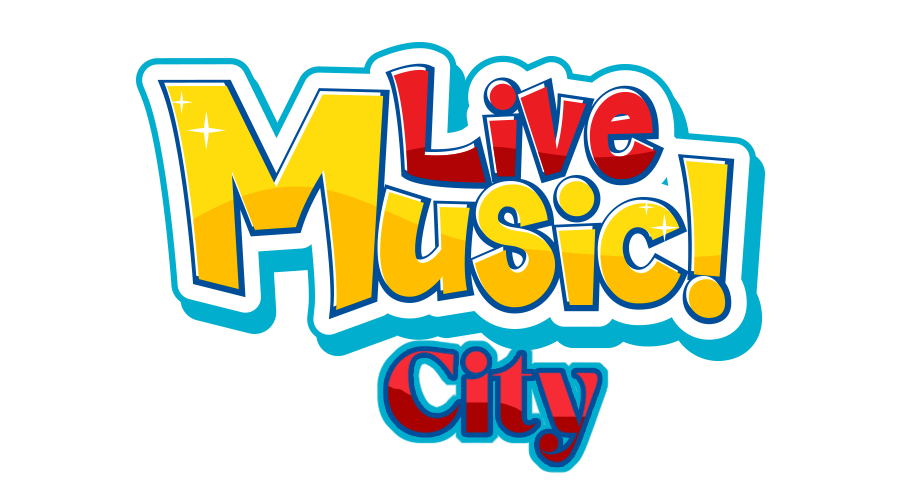House music, with its pulsating beats and infectious rhythms, has been a staple of dance floors worldwide for decades. This genre, which emerged from the underground club scene in the early 1980s, has undergone significant transformations, particularly in how it’s produced. The journey from vinyl to digital highlights the technological advancements that have shaped house music production, reflecting broader changes in the music industry. In this article, we will trace these technological advancements, exploring how they have influenced the sound and production techniques of house music.
The Analog Era: Beginnings on Vinyl
House music originated in the late 1970s and early 1980s in Chicago. Early house producers used analog equipment to create their tracks. The primary tools included drum machines, synthesizers, and sequencers. These analog devices, known for their distinctive warmth and character, were integral to the signature sound of early house music.
- Drum Machines: The drum machine played a pivotal role in the development of house music. Early drum machines allowed producers to create the repetitive, four-on-the-floor beats characteristic of the genre. The simplicity of these machines, coupled with their ability to generate a consistent rhythm, made them indispensable in the production process.
- Synthesizers: Analog synthesizers provided the melodic and harmonic elements in house tracks. These instruments were prized for their ability to produce rich, textured sounds. Producers would often spend hours tweaking the knobs and sliders on their synthesizers to create unique, evolving soundscapes.
- Sequencers: Sequencers were used to arrange and loop musical phrases, enabling producers to build complex, layered compositions. This was essential for creating the hypnotic, repetitive grooves that define house music.
The Digital Revolution: A New Dawn
The late 1980s and early 1990s saw the advent of digital technology, which began to revolutionize music production. The introduction of digital audio workstations (DAWs), MIDI (Musical Instrument Digital Interface), and sampling technology brought new possibilities to house music production.
- Digital Audio Workstations (DAWs): DAWs transformed the music production landscape by providing a comprehensive platform for recording, editing, and mixing music. These software applications allowed producers to manipulate audio with unprecedented precision, opening up new creative avenues. The shift to DAWs also made music production more accessible, as aspiring producers no longer needed expensive hardware to create professional-sounding tracks.
- MIDI Technology: MIDI enabled electronic instruments and computers to communicate with each other, revolutionizing the way music was produced and performed. With MIDI, producers could control multiple synthesizers and drum machines from a single interface, synchronizing their performances and creating more complex arrangements. MIDI also facilitated the use of virtual instruments within DAWs, further expanding the sonic palette available to producers.
- Sampling: Sampling technology allowed producers to incorporate snippets of pre-recorded audio into their tracks. This innovation had a profound impact on house music, as producers could now sample and manipulate sounds from a variety of sources, including other records, field recordings, and digital libraries. Sampling became a cornerstone of the genre, enabling the creation of rich, layered textures and innovative sound collages.
The Modern Era: Advanced Digital Tools
As digital technology continued to evolve, so did the tools available to house music producers. Today, a vast array of software and hardware options enable producers to push the boundaries of creativity and sound design.
- Virtual Instruments and Plugins: Modern DAWs support a wide range of virtual instruments and plugins, which emulate the sounds of classic analog gear while offering additional features and flexibility. These tools allow producers to experiment with different sounds and effects, crafting unique sonic identities for their tracks. The convenience of virtual instruments also means that producers can access a vast array of sounds without needing a physical studio space filled with equipment.
- Digital Mixing and Mastering: Advanced mixing and mastering tools have enhanced the quality and polish of house music productions. Digital compressors, equalizers, and reverb units allow producers to fine-tune their tracks with surgical precision, ensuring that every element sits perfectly in the mix. Mastering tools provide the final touch, giving tracks the loudness and clarity needed to stand out on the dance floor.
- Integration with Live Performance: Modern production tools are often designed with live performance in mind. Many DAWs and hardware controllers offer features for real-time manipulation of music, enabling DJs and producers to bring their studio creations to life on stage. This integration has blurred the lines between production and performance, allowing house music artists to create dynamic, improvisational sets that keep audiences engaged.
The Impact of Technological Advancements
The evolution of house music production from vinyl to digital has had a profound impact on the genre. Technological advancements have democratized music production, making it more accessible to a wider range of creators. This has led to an explosion of diversity within house music, as producers from different backgrounds bring their unique influences and styles to the genre.
Moreover, the ability to produce music digitally has facilitated collaboration and innovation. Producers can now easily share projects and ideas with each other, regardless of their geographical location. This interconnectedness has fostered a vibrant, global house music community that continually pushes the boundaries of what the genre can be.
The journey of house music production from its analog roots on vinyl to the cutting-edge digital tools of today is a testament to the genre’s resilience and adaptability. Each technological advancement has brought new possibilities and challenges, shaping the sound and culture of house music in profound ways. As technology continues to evolve, so too will the tools and techniques used to create house music, ensuring that this beloved genre remains at the forefront of the electronic music scene.
This post was written by a professional at Rose Gold Presents. Welcome to Rose Gold Presents, NYC’s ultimate event production brand! We specialize in creating unforgettable experiences at the city’s top clubs, bars, rooftops, boats, and lounges. Our weekly Concerts Nyc Summer Guide and large-scale concerts with stars like John Summit and Dom Dolla set us apart. Summer is our season, offering up to five unique events every Saturday.But our parties don’t stop there, we are all season! Dive into the heart of NYC’s vibrant nightlife and entertainment with Rose Gold. Experience the unforgettable with us! Contact us now to get information on NYC boat parties, best rooftop events near you, and concerts in NYC!


